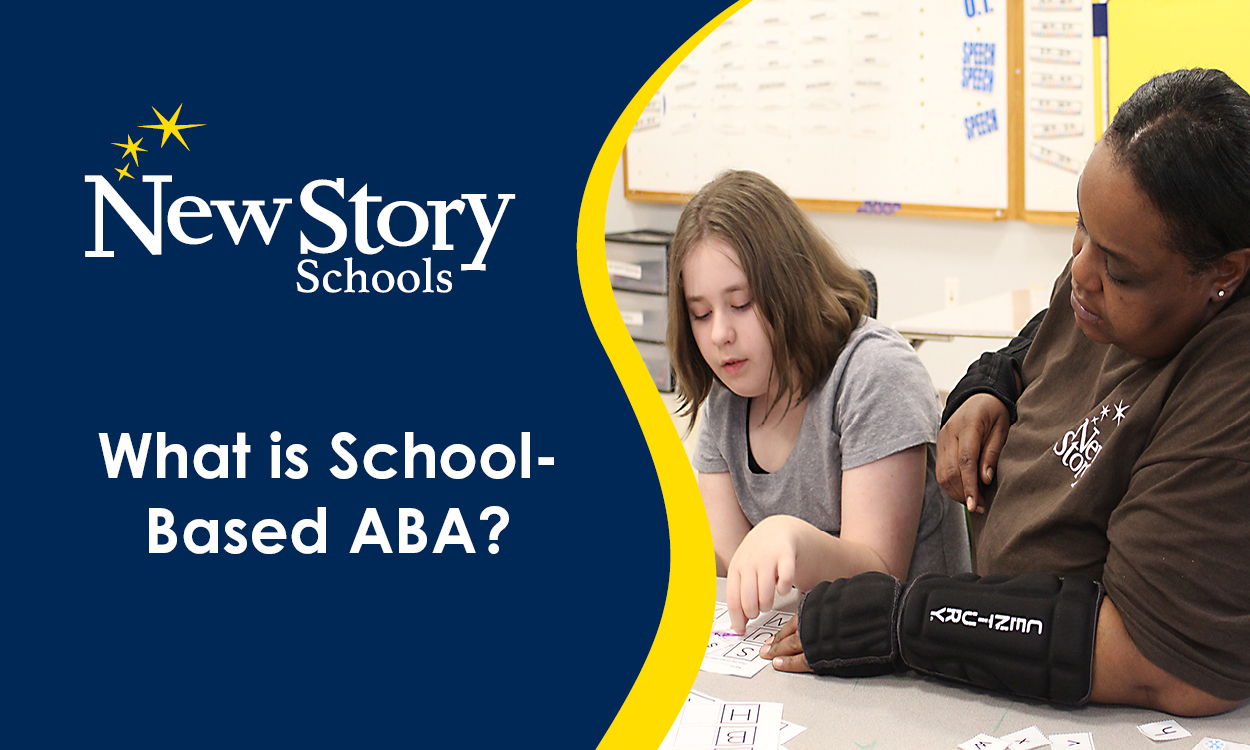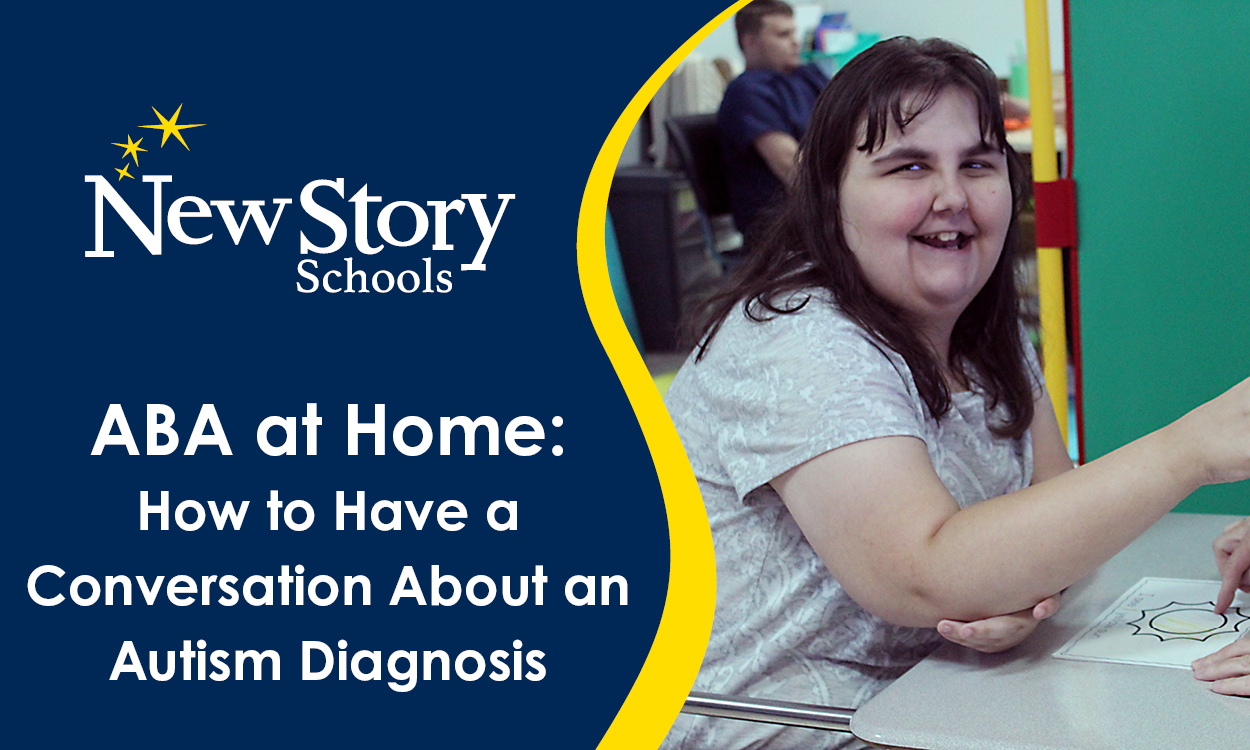Preparing Your Student for Post-High School Life
Posted: February 10, 2023 | Written By: Taryn Vasina | Category:

Graduating high school is a huge accomplishment often associated with pride, excitement, and endless possibilities for what the future could hold. For students with disabilities and their families, thoughts of graduating high school can often be accompanied by fear, anxiety, and unknowns. Whether your child is on the path towards supported employment, competitive employment, post-secondary education or an adult day program, there are many ways to make the process less daunting and more enjoyable. Continue reading for some insight on setting your child up for success following high school.
- Start early!
- Under the Individuals with Disabilities Education Act (IDEA; 2006), schools are required to begin developing transition plans for students on an Individualized Education Program (IEP) by the age of 16 at the latest. That doesn’t mean you need to wait until your child is 16 years old to look to the future! It is important to identify potential barriers to post-secondary goals around the age of fourteen to gradually address these barriers over time. The earlier you begin familiarizing yourself with your child’s path to transition, the more you can support your child as they progress down the path best suited for them.
- Advocate and support self-advocacy
- Being involved in the transition planning process includes advocating for your child and empowering your child to advocate for themselves. After all, you know your child better than anyone else! Transition planning focuses on the needs, strengths, preferences and interests of the child. It can help to keep a running record of activities your child shows particular interest in, some of their favorite things, what they are good at, and what they need to be successful in various environments. It is also important to educate yourself on the rights of your child as an adult with a disability so you can advocate appropriately.
- Talk to your child about their future
- Your child should be involved in the transition planning process every step of the way. It is important to listen to your child and provide them with choices based on their preferences and interests. Make sure your child knows what to expect and prepare them for upcoming changes or challenges.
- Research and connect with resources in the community
- Research, identify and contact local state and community organizations designed to support the transition process to identify options, funding sources and availability. Schools will help to connect you with community resources while your child is still enrolled but that involvement ends as soon as the child receives their diploma. Many adult disability services have wait lists, so it’s also important to get your child’s name on a list prior to their graduation if they are eligible for the program. Available options and levels of support you can access for your child will be determined by your state. Vocational Rehabilitation is offered in most states to support individuals with disabilities looking for employment. Make some phone calls to gather information and don’t hesitate to reach out for help!
- Community experiences & exposure
- The best way to prepare your child to successfully integrate into society is to help your child get comfortable with the world around them by exposing them to different experiences in the community. Bring them with you to run errands like grocery shopping, getting gas or returning library books. Talk them through these experiences so they know what’s going on, what to expect and what’s happening next. Look into local volunteer opportunities, camps, meet-ups, organized sports or other activities that align with your child’s interests. Bring your child with you to tour prospective job training programs, adult day programs, and/or post-secondary education programs. These examples are all great opportunities for your child to navigate the community with your support and get more comfortable out in the world.
- Support independence
- No matter what path your child chooses after high school, independence with daily routines, hygiene and self-care will be vital for their future success and quality of life. A great way to increase their independence is to incorporate visual schedules and visual supports into everyday life. Visual schedules can help to establish structure, break down large tasks into smaller steps, encourage self-monitoring and help your child to understand expectations.
Want to be notified of new articles and resources from New Story Schools? Submit your email and opt into our newsletter!









